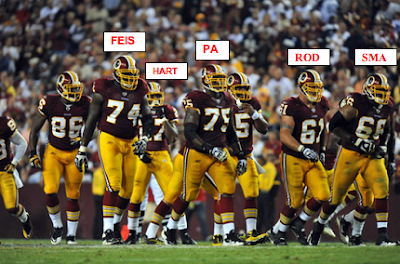What's the chief anti-railer argument against Honolulu rail? They use a scatter-gun approach, but if you listen to their radio programs and read their anti-rail columns, most of their opposition seems to boil down to an assertion that the project’s return on investment is too small.
Anti-railers argue that rail’s allegedly small reduction in total vehicle miles traveled on Oahu can’t justify the investment in the project. Let’s look at how they reach that conclusion.
You can make any argument you want through selective use of statistics. Books have been written on the practice;
How To Lie With Statistics and
Damned Lies and Statistics are two of them.
Anti-railers focus on the anticipated reduction in vehicle miles traveled throughout Oahu -- admittedly a low percentage -- while refusing to acknowledge rail’s biggest fact:
Rail’s impact on traffic through the urban corridor will be significant – approximately 18 percent less traffic with rail than without it. That will be the inevitable result of attracting more than 100,000 riders each day.
Anti-railers won’t touch this fact either: Rail transit will give its riders congestion- and traffic-free travel through the urban corridor. That’s an inarguable fact that anti-railers run from, can’t debate and never discuss.
The Mobility Factor
This point is huge. It can’t be repeated often enough. It must be raised whenever anti-railers spout statistics. It’s why the project’s final environmental impact statement lists mobility first among the project’s four goals, as we briefly discussed yesterday.
Here’s the mobility quote from the FEIS’s list of goals:
Motorists and transit users experience substantial traffic congestion and delay at most times of the day, both on weekdays and on weekends. Average weekday peak-period speeds on the H-1 Freeway are currently less than 20 mph in many places and will degrade even further by 2030. Transit vehicles are caught in the same congestion. In 2007, travelers on Oahu’s roadways experienced 74,000 vehicle hours of delay on a typical weekday, a measure of how much time is lost daily by travelers stuck in traffic. This measure of delay is projected to increase to 107,000 daily vehicle hours of delay by 2030, assuming implementation of all planned improvements listed in the ORTP (Oahu Regional Transportation Plan) (except for a fixed-guideway system). Without these improvements, the ORTP indicates that daily vehicle hours of delay would increase to 154,000 vehicle hours.
Currently, motorists traveling from West Oahu to Downtown experience highly congested traffic during the a.m. peak period. By 2030, after including all the planned roadway improvements in the ORTP, the level of congestion and travel time are projected to increase further. Average bus speeds in the study corridor have been decreasing steadily as congestion has increased. TheBus travel times are projected to increase through 2030. Within the urban core, most major arterial streets will experience increasing peak-period congestion, including Ala Moana Boulevard, Dillingham Boulevard, Kalākaua Avenue, Kapiolani Boulevard, King Street, and Nimitz Highway. Expansion of the roadway system between Kapolei and UH Mānoa is constrained by physical barriers and by dense urban neighborhoods that abut many existing roadways. Given current and increasing levels of congestion, an alternative method of travel is needed within the study corridor independent of current and projected highway congestion (emphasis added).
Total congestion-free travel – that’s what restoring mobility in our community will achieve. You can follow this debate closely and not once hear anti-railers acknowledge this central fact. Their “I won’t ride it, so why should I pay for it” argument doesn't help them either, since it betrays a “me first” mentality that rejects a broader vision that supports the entire community.
Congestion-free, fast, frequent, reliable and safe transportation is what rail will offer its riders. Rail’s ability to reduce vehicle miles traveled in Kahuku on the North Shore may not be much, but its positive impact in town where our congestion problem continues to grow cannot be denied.










